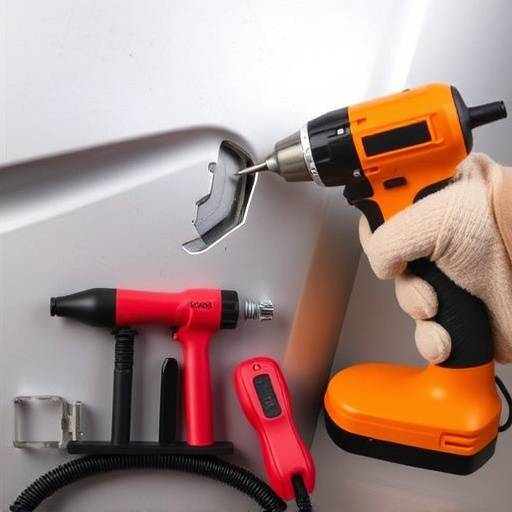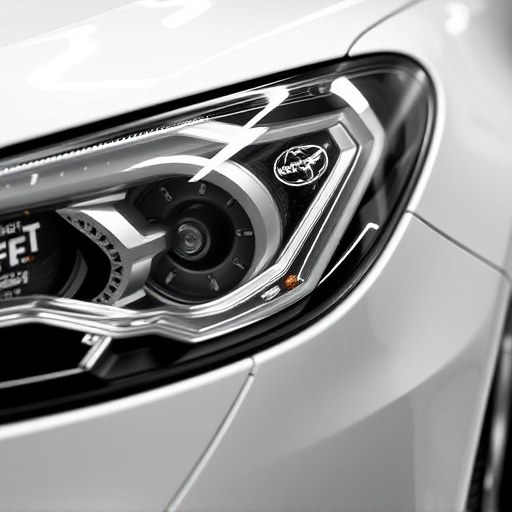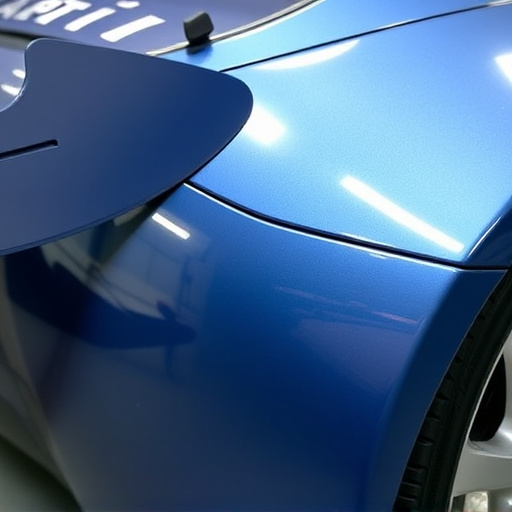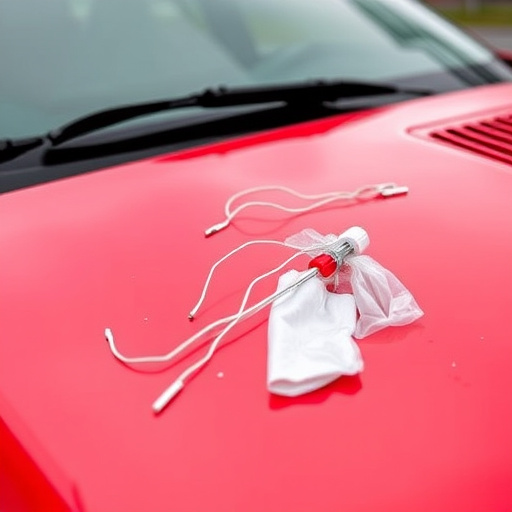Transparency in auto repair billing through clear communication, detailed reports, and accessible digital documentation builds trust. This transparent repair process enables clients to make informed decisions, compare estimates, ensure quality work, and ultimately foster accountability. Key strategies include providing itemized bills via email/apps while respecting privacy, encouraging open dialogue, and offering real-time tracking of parts, labor, and timelines for complex repairs like Mercedes Benz services.
In today’s digital age, transparency in repair process billing procedures is more crucial than ever. Understanding and implementing clear, open practices can foster trust between businesses and their customers. This article delves into the significance of transparency, highlighting its numerous benefits for both parties involved. We’ll explore practical strategies to achieve and maintain a transparent repair process, ensuring fairness, accuracy, and enhanced customer satisfaction.
- Understanding Transparency in Repair Billing
- Benefits of Transparent Process Implementation
- Strategies to Achieve and Maintain Transparency
Understanding Transparency in Repair Billing

Transparency in repair billing is a crucial aspect of maintaining trust between auto repair shops and their customers. It involves clear communication about the cost estimates, work performed, and billing details throughout the entire process. When it comes to understanding transparency in repair billing, customers should expect comprehensive information on every step of the repair journey. This includes initial assessments, diagnostic reports, and detailed breakdowns of labor costs and parts required for specific repairs, such as hail damage repair or scratch repair.
Ensuring a transparent repair process fosters a sense of accountability and empowers clients to make informed decisions. For instance, auto maintenance services that provide digital receipts and online portals for customers to track their vehicles’ progress contribute significantly to this transparency. This practice allows owners to review the bill accurately, compare estimates from different shops, and ensure they are paying for the quality of work expected, whether it’s for minor scratches or more complex hail damage repair.
Benefits of Transparent Process Implementation
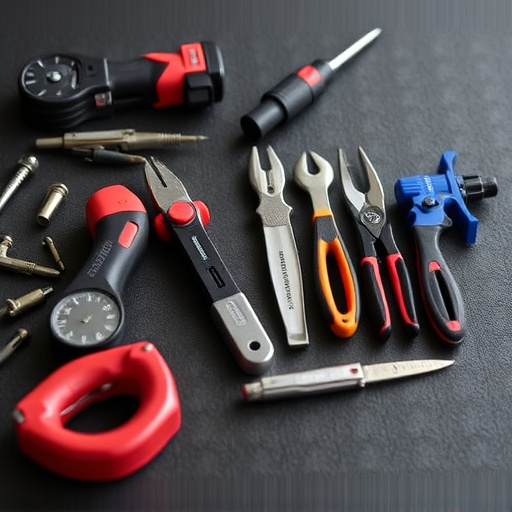
Transparency in the repair process is a game-changer for any car repair shop. When procedures are openly and clearly communicated to customers, it builds trust and enhances satisfaction levels. This benefits both parties; the customer understands what services they are paying for, while the auto body repair shop can maintain its reputation by demonstrating integrity.
In the world of automotive body work, a transparent approach ensures that clients feel empowered, encouraging them to ask questions and actively participate in decisions related to their vehicle’s restoration. This two-way communication is vital, especially when addressing complex repairs or intricate details of auto body repair. By being open about costs, timelines, and procedures, the shop fosters a collaborative environment, leading to better outcomes and stronger customer relationships.
Strategies to Achieve and Maintain Transparency

Achieving transparency in a transparent repair process is pivotal for building trust between auto body shops and their customers. One key strategy is to provide clear, concise, and accessible documentation outlining every step of the repair, including parts used, labor costs, and estimated timelines. Digital platforms that allow customers to track progress in real-time can significantly enhance this openness. Additionally, offering transparent pricing structures, with itemized bills that detail each charge, fosters a sense of fairness.
Implementing robust communication channels is another effective approach. Regular updates on the repair status, whether via email, text, or a dedicated app, keep customers informed without intruding on their privacy. Encouraging open dialogue where customers can ask questions and express concerns further strengthens this transparency. For instance, an honest discussion about why certain repairs take longer or cost more in an automotive repair service, like Mercedes Benz repair, can dispel myths and build loyalty.
Transparency in repair process billing is not just a best practice; it’s a game-changer. By implementing clear, open communication about costs and procedures, repair shops can build trust with customers, enhance customer satisfaction, and improve their reputation. Adopting strategies that prioritize transparency, such as detailed estimates, simple language, and readily accessible documentation, ensures a fair and ethical approach to billing, fostering long-term relationships based on mutual understanding.








